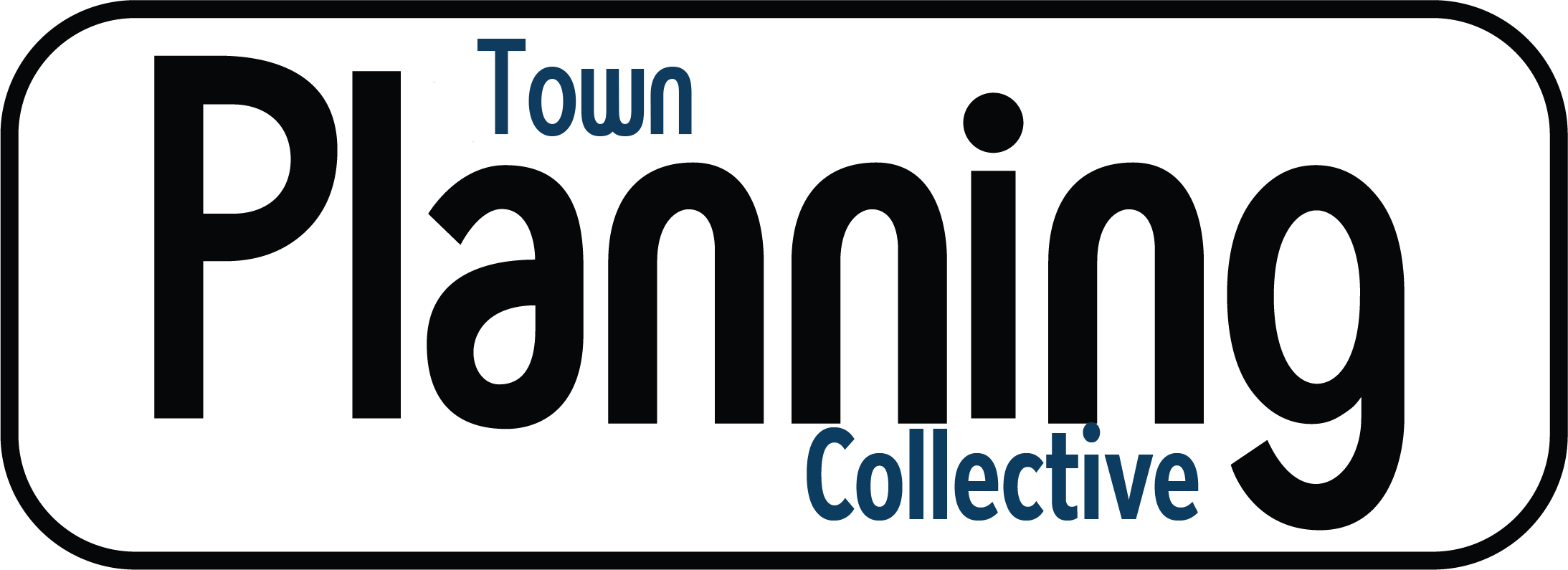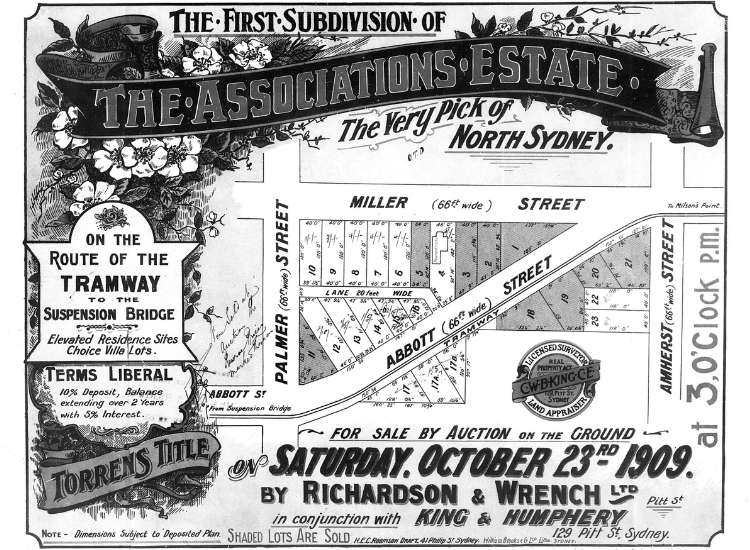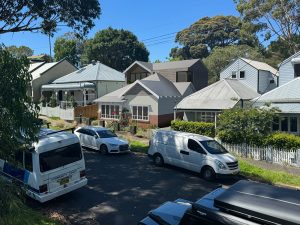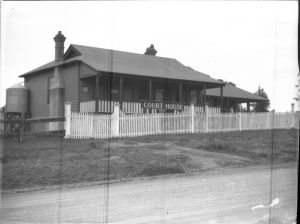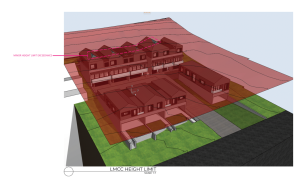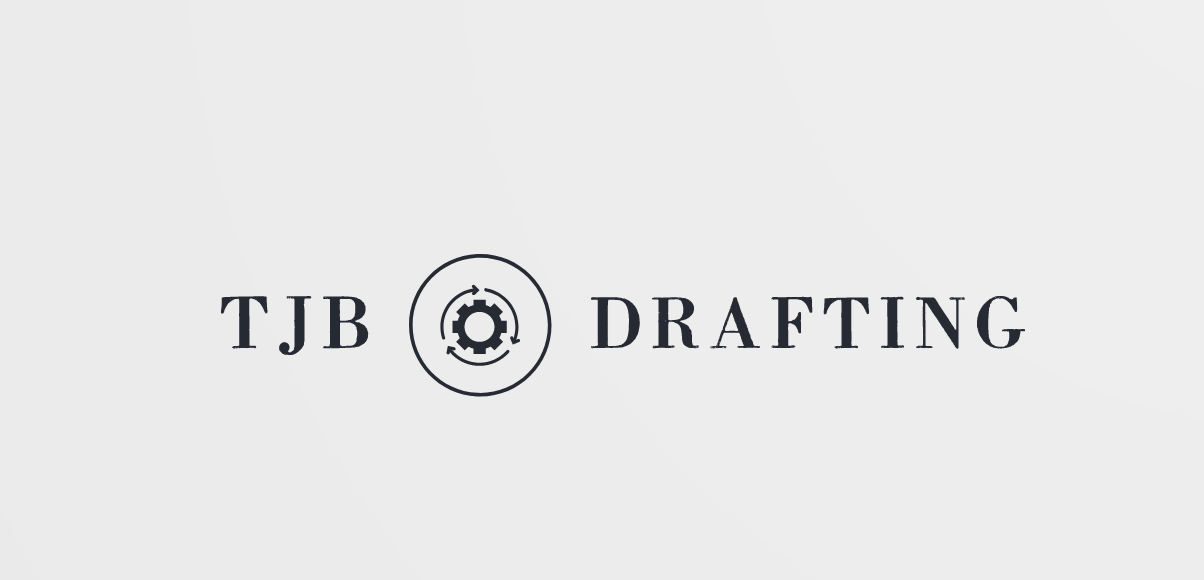The next step in the process is to review all the documents that are available on the DA tracker (if the Council offers this service). This is often the biggest headache for people with this process as there are often several documents available and they don’t know where to start or what they should be looking for. Below is a brief description of the documents that you might come across with a development application.
Survey plan
The survey plan is generally required by a number of Council for development application. This plan is prepared by a registered surveyor and provides an accurate plan of the property as it currently is. The survey plan will provide lot dimensions, topographical details, details of the heights in AHD (Australian Height Datum) or commonly referred to as Above Sea Level. The survey plan will show where trees are located as well as any easements or restriction on the title. This is a document that can be referred to so that you can get a base level for heights (showing the existing height of the building).
Site Plan
The site plan is the “birds eye view” of the property and highlights what is being proposed on the site. Sometimes this will be highlighted in a different colour, or shading, and sometimes it will have two different site plans showing the existing site and the proposed site. It is usually best looking at the site plan in conjunction with the other plans as well as the Statement of Environmental Effects.
Floor Plans
Floor plans are not normally provided on the Council DA Tracker website for privacy and copyright reasons. They will often be available for physical viewing however at the Council administrative building.
Elevations
Elevations show the sides of the building in relation to the existing and proposed ground levels and is the best way to figure out the intended height of the building. Sometimes there will be two sets of elevations (existing and proposed) and other times the elevations will just highlight what the proposed works is. The elevations will also show window locations and privacy screens. The building will show heights in RL (reduced levels) which are based on the height above sea level (AHD).
Sections
Sections show the cross section of the building and is a good way to identify what the actual height of the building will be. It is also a good way to see the height of the floors and basement and identify the excavation of the site.
Shadow diagrams
Shadow diagrams are always shown on June 21st at 9am 12pm and 3pm. Sometimes the architect or draftsman will show different times and dates but June 21st is used as this is the winter solstice and is worst case scenario as it is day of the year with the shortest amount of daylight and the longest shadows. Therefore the shadow diagrams provided with development applications show a worst case scenario so that you and the Council planner will be able to determine the maximum impact of the development.
Statement of environmental effects
The statement of environmental effects is one of the most important documents with a development application and should be the document you read first. If written correctly it should detail what the development application involves and will also identify where the development does comply with the Local Environmental Plan or the Development Control Plan. Sometimes the Statement of environmental effects will also be accompanied with a Clause 4.6 Variation Request which seeks a variation to a development standard (such as height or floor space ratio). If the statement of environmental effects doesn’t contain much information then you can include this in your objection letter and ask for Council to request a more detailed statement.
Bushfire report
A bushfire report will provide an assessment of the site in relation to the bushfire risk. The report will assess where the bushfire source is in relation to the proposed building and provide a BAL (Bushfire attack level) for the construction of the building. The report will also provide a APZ around the building that will need to be maintained and free of dense vegetation and trees. This is a report to read through and check whether the development will involve sufficient tree removal.
Stormwater management plan
The stormwater management plan will detail how the site will handle stormwater. This needs to be checked to ensure that the proposed stormwater measures aren’t going to impact your property and to make sure they aren’t forcing an easement upon you to drain their water.
Arborist report
This report will detail the removal of any trees on the site. Read through this to identify which trees are to be removed and if there are any impacts as a result of the tree removal.
Traffic Impact Statement
For larger developments, a traffic impact statement might be provided. This report outlines the impact the development will have on the local traffic network and will detail the truck and vehicle movements for the site. The report might also provide details of internal vehicle movements.
Acoustic Report
Where there is a potential noise impact of the development on surrounding neighbours the development application might be accompanied by an acoustic report. Acoustic reports are generally not required for residential developments except for circumstances such as inclinations and elevators and are usually provided for developments such as child care centres, boarding houses, industrial buildings, pubs and clubs etc.
Heritage Impact Statement
Heritage impact statements are required for development on heritage items or within heritage conservation areas. These reports must be undertaken by an expert and detail the impact of the development on the heritage value of the property.
Geotechnical Report
Geotechnical reports are required when the land is mapped as being in a landslip area or when the excavation is substantial. These reports are prepared by a geotechnical engineer and will detail the risk of landslip for the development and outline any recommendations.


